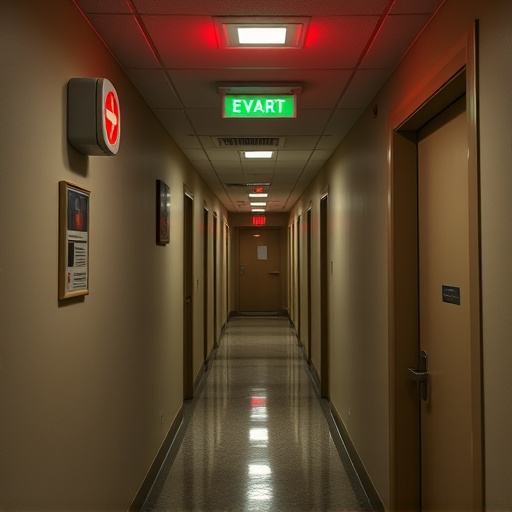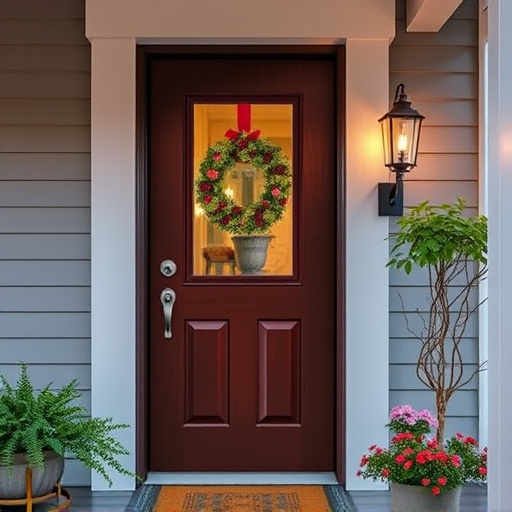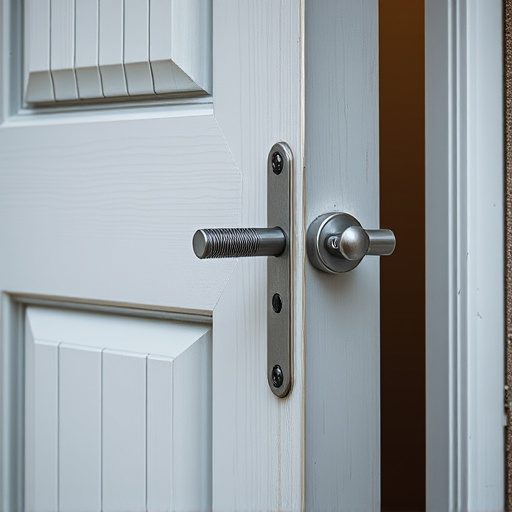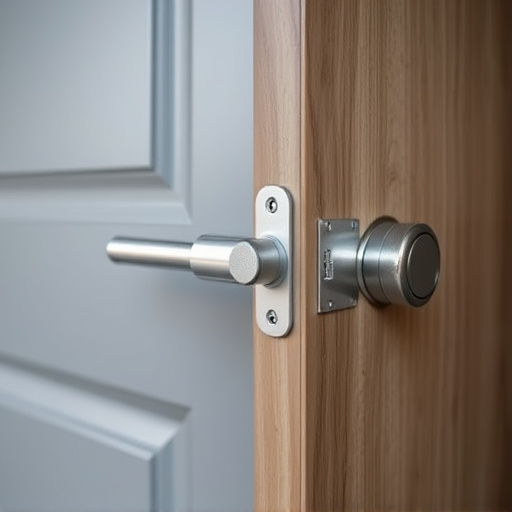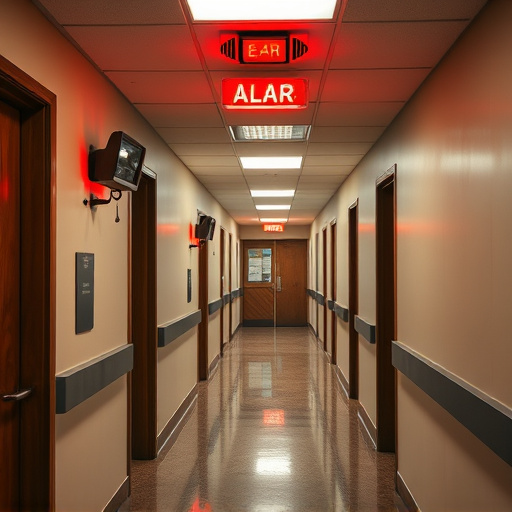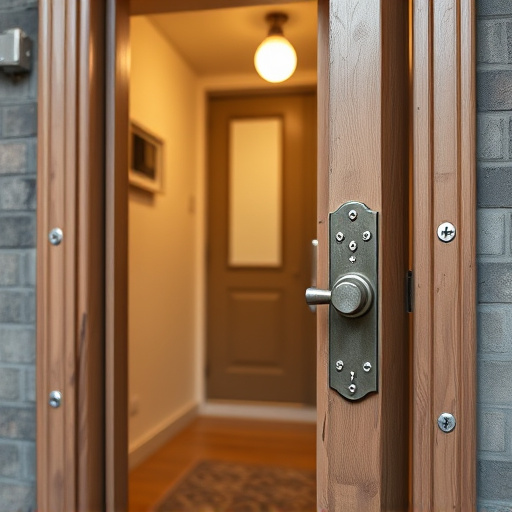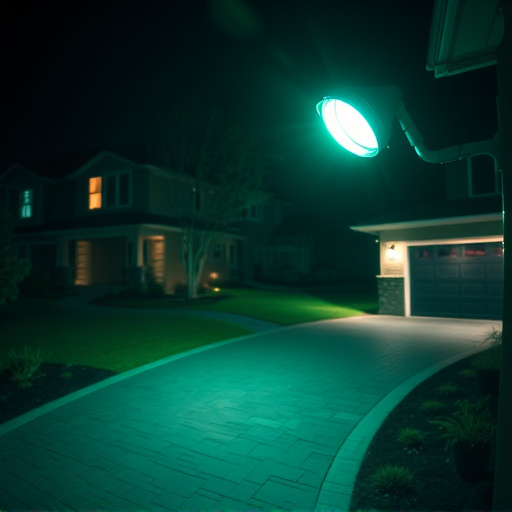
Category: Pros and Cons of Professional Home Security Monitoring
Pros and Cons of Professional Home Security Monitoring: A Comprehensive Analysis
Introduction
In an era where home security has become a paramount concern for individuals and families worldwide, the concept of professional home security monitoring has gained significant traction. This article delves into the intricate world of professional security services, exploring the numerous advantages and potential drawbacks it offers to homeowners. By examining various facets, from technological advancements to regulatory frameworks, we aim to provide an in-depth understanding of this critical aspect of modern living. Readers will gain valuable insights into how professional monitoring enhances home safety, along with awareness of the considerations that come with such a service.
Understanding Pros and Cons of Professional Home Security Monitoring
Definition: Professional Home Security Monitoring refers to the practice of employing specialized security companies to provide real-time surveillance and protection for residential properties. This includes utilizing advanced technology, trained personnel, and centralized control systems to detect and respond to potential security threats.
Core Components:
- Surveillance Systems: High-tech cameras, motion sensors, glass-break detectors, and other devices are installed throughout the home to monitor activities.
- Central Monitoring Stations: These stations operate 24/7, receiving alerts from the surveillance systems and dispatch security personnel or local authorities when necessary.
- Response Services: Professional monitoring companies offer various response options, such as on-site security guards, remote disarming, and emergency assistance.
- Data Analysis: Advanced analytics are employed to identify patterns, learn habits, and improve overall security protocols.
Historical Context: The concept of professional home security monitoring has evolved over time, driven by increasing crime rates and technological advancements. Initially, such services were reserved for high-net-worth individuals, but with improvements in technology and decreasing costs, they have become more accessible to the average homeowner. Today, it is a significant sector within the global security industry, continuously adapting to meet evolving safety demands.
Significance: Understanding the pros and cons of this service is crucial as it empowers homeowners to make informed decisions about their family’s safety. It offers enhanced peace of mind, rapid response to potential dangers, and advanced protection against various threats, from burglaries to fire emergencies. However, like any security measure, it is not without its considerations and potential drawbacks.
Global Impact and Trends
The global home security monitoring market has experienced substantial growth in recent years, reflecting a heightened focus on personal safety and privacy. According to a report by Grand View Research, the global security services market size was valued at USD 173.5 billion in 2020 and is expected to grow at a compound annual growth rate (CAGR) of 8.9% from 2021 to 2028. This growth is driven by:
- Increasing Crime Rates: Rising crime rates worldwide prompt more individuals to invest in robust security measures, including professional monitoring.
- Technological Advancements: Innovations in IoT (Internet of Things) devices and cloud computing have made home security systems smarter and more accessible.
- Remote Work and Online Shopping: The rise of remote work and e-commerce has led to a higher demand for secure homes, as people are often absent during the day.
- Aging Population: With many individuals growing older, there is an increased need for automated and responsive security solutions.
Different regions exhibit varying trends in home security monitoring adoption:
| Region | Market Growth (2021-2028) | Key Drivers |
|---|---|---|
| North America | High (CAGR > 9%) | Advanced technology, high crime rates, remote work culture |
| Europe | Moderate (CAGR ~7.5%) | Growing concern over privacy, rising home automation adoption |
| Asia-Pacific | Rapid (CAGR > 10%) | Population density, rapid urbanization, increasing disposable income |
| Middle East & Africa | Steady (CAGR ~8%) | Growing middle class, security awareness campaigns |
Economic Considerations
The professional home security monitoring market is a significant contributor to global economic activity.
- Market Dynamics: The market is characterized by intense competition, with numerous local and international players. Companies differentiate themselves through service offerings, technology integration, and pricing strategies.
- Investment Patterns: Security startups and established companies alike attract substantial investments. Venture capital firms and private equity investors recognize the potential for high returns, given the growing demand for security services.
- Economic Impact: The industry generates employment opportunities, contributes to GDP, and stimulates local economies through service provision and equipment manufacturing.
Technological Advancements
Technology plays a pivotal role in shaping the pros and cons of professional home security monitoring:
- Smart Home Integration: Modern security systems seamlessly integrate with smart home devices, allowing users to control and monitor their homes via mobile apps. This provides convenience and enhanced control but also raises concerns about data privacy.
- AI and Machine Learning: Artificial intelligence enables advanced analytics, predictive modeling, and automated response systems. These technologies can identify unusual patterns, detect potential threats more accurately, and improve overall system efficiency.
- Cloud Computing: Cloud-based security platforms offer scalable, cost-effective solutions. They facilitate remote monitoring, data storage, and real-time alerts, ensuring quick responses to security incidents.
- Biometric Authentication: Fingerprint, facial recognition, and voice recognition technologies enhance access control, providing more secure identity verification for homeowners.
- Drones and Robotics: Drones are employed for perimeter surveillance, while robots can act as deterrents or provide remote assistance during emergencies. These innovations offer new dimensions to home security monitoring.
Policy and Regulation
Regulatory frameworks significantly influence the operation and development of professional home security monitoring services:
- Data Privacy Laws: With the collection and processing of vast amounts of data, companies must adhere to strict data privacy regulations like GDPR (General Data Protection Regulation) in Europe or CCPA (California Consumer Privacy Act) in the US. Non-compliance can result in severe penalties.
- Security Standards: Industry-specific standards ensure system reliability and performance. For instance, UL (Underwriters Laboratories) certification for security systems guarantees product safety and functionality.
- Licensing and Permitting: Security companies often require licenses and permits to operate, ensuring they meet specific legal requirements and maintain industry standards.
- Insurance Requirements: Some regions mandate insurance coverage for security companies to protect homeowners in case of system failures or false alarms.
Challenges and Criticisms
Despite its numerous advantages, professional home security monitoring faces several challenges and criticisms:
- High Initial Costs: Installation and equipment costs can be significant, deterring some homeowners who seek more cost-effective alternatives.
- False Alarms: While advanced systems minimize false alarms, they remain a concern, potentially leading to unnecessary emergency responses.
- Data Privacy Concerns: The collection and storage of vast amounts of sensitive data raise privacy issues, especially with the potential for unauthorized access or data breaches.
- Reliance on Technology: Complete reliance on technology may be problematic in remote areas with limited connectivity or during power outages.
- Skilled Labor Shortage: There is a global shortage of skilled security professionals to install, maintain, and monitor sophisticated security systems.
- Customer Service Issues: Some companies face criticism for poor customer support, long response times, or inconsistent service quality.
Proposed Solutions:
- Enhance cybersecurity measures to protect data and prevent unauthorized access.
- Develop robust training programs to address the skilled labor shortage.
- Implement backup power solutions and redundant communication networks to mitigate technology-related risks.
- Establish industry-wide standards for customer service excellence.
- Encourage competition through transparent pricing and service offerings.
Case Studies
Case Study 1: Smart City Security Enhancement
A major metropolitan area implemented a comprehensive professional home security monitoring system as part of its smart city initiative. The program involved installing advanced surveillance cameras, motion sensors, and AI-powered analytics across residential neighborhoods. This integration with existing smart city infrastructure resulted in:
- Reduced Crime Rates: A 25% decrease in property crimes within the first year, with particularly notable drops in burglary incidents.
- Improved Response Times: Average response time for emergency services was reduced by 15%, enhancing overall public safety.
- Data-Driven Insights: AI analytics provided valuable insights into crime patterns, allowing law enforcement to allocate resources more efficiently.
Case Study 2: Remote Rural Security Solution
A small, remote farming community faced challenges securing their isolated homes due to limited connectivity and frequent power outages. A security company introduced a hybrid system combining solar-powered cameras, wireless sensors, and a satellite communication network. The result was:
- Reliable Monitoring: Despite remote locations and power interruptions, the system provided continuous surveillance and alert transmission.
- Cost Savings: The community avoided significant expenses associated with traditional wired systems, making it an affordable solution for rural areas.
- Community Safety: Homeowners felt more secure, leading to improved peace of mind and potential deterrence of criminal activities.
Future Prospects
The future of professional home security monitoring is promising, with several growth areas and emerging trends:
- IoT Integration: The Internet of Things will continue to play a pivotal role, with smart home devices becoming integral components of security systems.
- Predictive Analytics: Advanced analytics will enable more accurate predictions of potential threats, allowing proactive measures.
- Personalized Security: Customized security profiles tailored to individual homeowners’ needs and preferences will become the norm.
- Remote Monitoring as a Service: Cloud-based remote monitoring services will gain popularity, offering peace of mind to customers worldwide.
- Integration with Home Automation: Security systems will seamlessly integrate with home automation platforms, providing users with comprehensive control over their living environments.
- AI-Driven Deterrence: AI-powered drones and robots will act as deterrents and provide automated security solutions in remote areas.
Conclusion
Professional home security monitoring stands as a powerful tool for safeguarding residences, offering peace of mind, rapid response to threats, and advanced protection. While it presents numerous advantages, addressing challenges related to cost, data privacy, skilled labor, and customer service is essential. As technology continues to evolve, the industry must adapt to emerging trends while ensuring it remains accessible, effective, and responsive to the ever-changing security landscape.
By understanding the pros and cons of this critical service, homeowners can make informed decisions, and security providers can develop innovative solutions to meet the diverse needs of a global clientele. The future of home security monitoring is bright, with endless possibilities for enhancing personal safety and security in an increasingly complex world.
FAQ Section
-
Q: Is professional home security monitoring worth the cost?
A: The decision depends on individual preferences and risk assessments. While initial costs can be high, ongoing expenses are often offset by improved peace of mind, potential insurance discounts, and reduced risks of property damage or loss. -
Q: How do I choose a reliable security monitoring company?
A: Research is key. Check for certifications, customer reviews, response times, and pricing transparency. Compare services, technologies used, and support options to make an informed choice. -
Q: Can professional monitoring help with home energy savings?
A: Yes, some advanced systems can contribute to energy efficiency. Smart thermostats, automated lighting controls, and energy-saving devices integrated into security systems can lead to significant savings over time. -
Q: What happens if I have a false alarm?
A: Most companies have procedures in place for handling false alarms, often with minimal fees or none at all. However, frequent false triggers may indicate system issues that need addressing. -
Q: How secure is my data with professional monitoring?
A: Security companies must adhere to strict data privacy regulations. Encryption, secure storage, and access controls protect sensitive information. Regular security audits ensure compliance and maintain customer trust.

